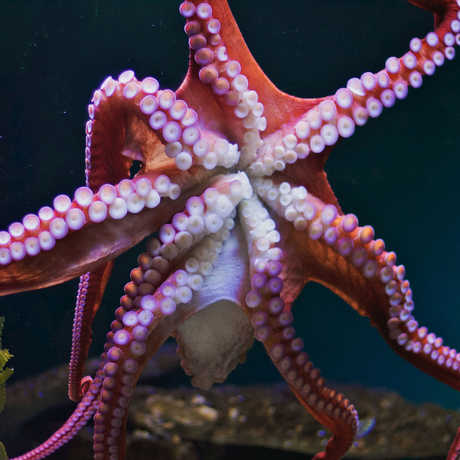Through this scavenger hunt, chaperones will lead small groups of students on a walk around the Aquarium in search of fish with certain shapes. Students will:
- Learn that looking at shape is a good way to identify fish.
- Learn that fish have body parts that help them thrive where they live



